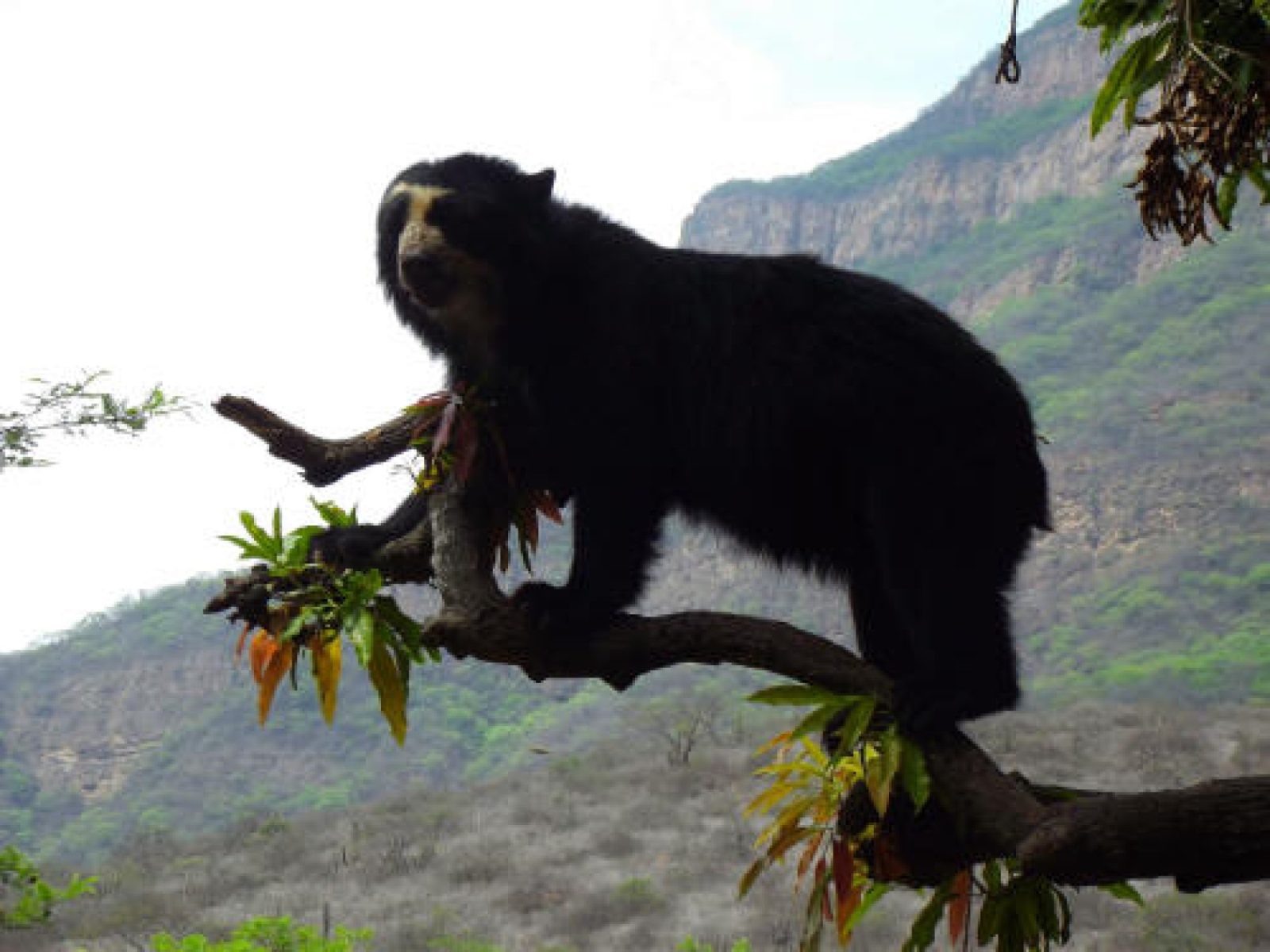
Peru
Peru is the third largest country in south America, with Ecuador to the north and Brazil and Bolivia to the East. To the west lies the Pacific ocean .
There is a range of areas in Peru which are of interest for those who like to see wildlife. I hope over the next few years to link to as many of these as possible.
– The Amazon rainforest covers 60% of Peru, an area of 782,880.55 km² – The Andean cloud forest extends from Columbia into Peru and Ecuador – The Paramo grasslands extend for 30,000 km² (11,600 square miles), with paramo wolves spectacaled bears and white tailed deer found here. – Tropical deciduous forests, which lie in the north of the country and south of Ecuador – Marine coastal and wetland habitats – roughly 70% of Perus biodiversity is off the coast
Links to areas to visit will appear below. Please note, while it is not possible to add sightings to this map above. This is because the whole country is is a specific regional ecosystem. Over time every area will become clickable, so that you can access the ecosystem and record sightings.
Help us build up a map of where wildlife has been seen. Add any sightings of mammals that you encounter. As this map starts to be used, we will greatly reduce how long sightings remain free for anyone to see, so that hunters and poachers cannot use this as a resource. The idea is that over time we can build up an idea of exactly where we should look for them.
Indigenous people of Peru have been living sustainably for 5000 years
- Tim
- June 18, 2021
News in brief – Otters in Peru, Adelie Penguins and Spring in the Arctic
- Tim
- March 18, 2018
Should being sued be a sign you are doing the right thing?
- Tim
- December 13, 2021